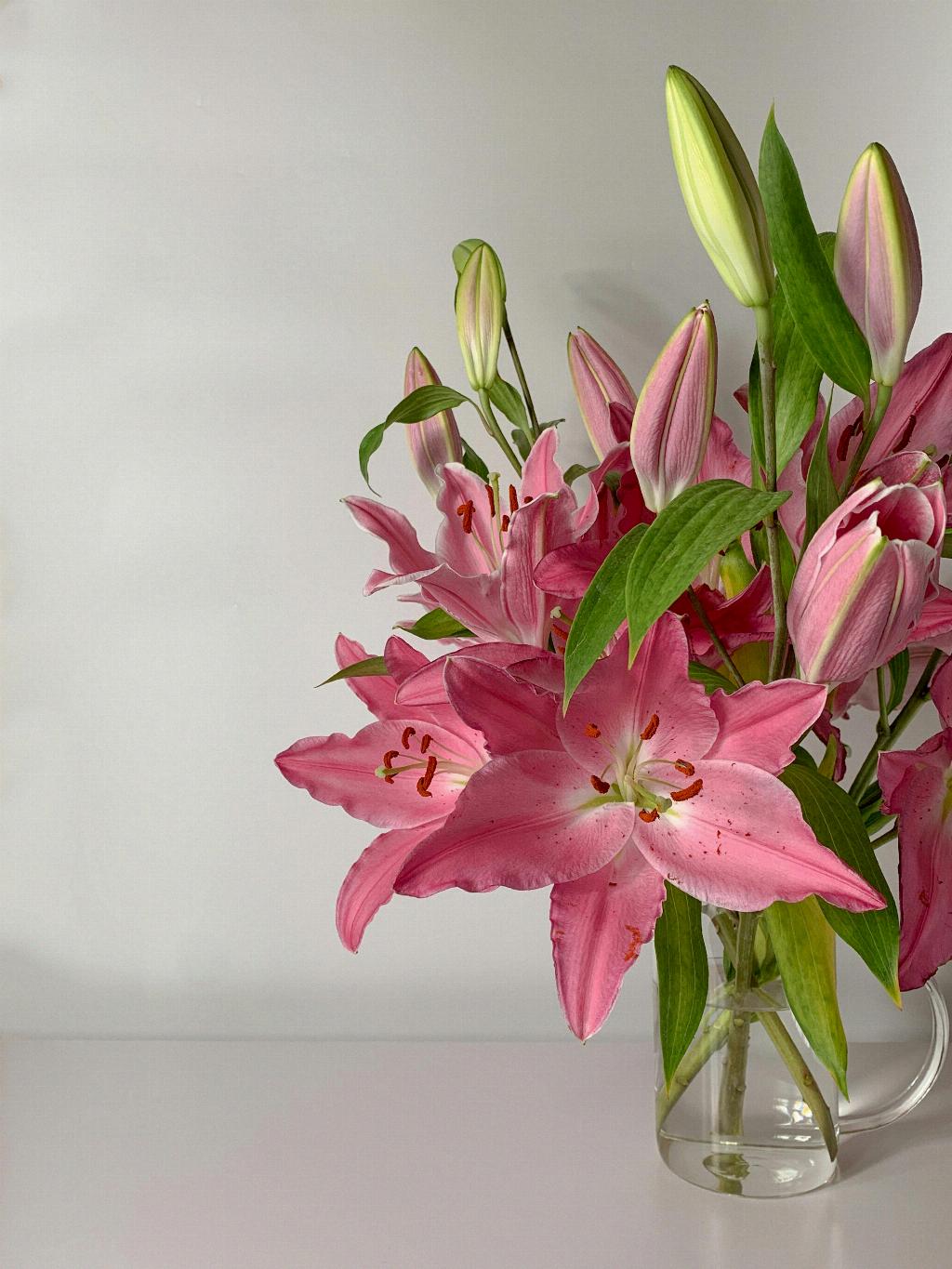When it comes to lilies in your garden, the question of whether to deadhead them can be a common dilemma for many gardeners. Deadheading refers to the practice of removing spent flowers from a plant, and in the case of lilies, this involves cutting off the flower spike once all the blooms have dropped their petals.
One key factor to consider when deciding whether to deadhead lilies is the impact it can have on the overall health and vitality of the plant. By removing the spent flower spikes, you are promoting new growth and encouraging the plant to focus its energy on producing more flowers rather than expending resources on seeds.
Moreover, deadheading lilies can help maintain the aesthetic appeal of your garden. The removal of faded blooms can tidy up the appearance of the plant and prevent it from looking unkempt or messy. This can be particularly important if you are aiming for a well-manicured garden with a clean and polished look.
Furthermore, deadheading lilies can play a role in preventing the plant from self-seeding. While some gardeners may enjoy the spontaneous appearance of lilies in new locations, others may prefer to have more control over where and how their lilies propagate. Deadheading can help curb the spread of lilies through self-seeding.
Another consideration when deciding whether to deadhead lilies is the potential impact on the plant’s ability to return and bloom again the following year. By deadheading lilies, you are directing the plant’s energy towards root and leaf growth, which are essential for the lily to come back stronger and produce even more flowers in the future.
On the flip side, some argue that leaving the spent flowers on lilies can have benefits as well. The seed pods that form after the flowers fade can add visual interest to the plant and may attract birds and other wildlife to your garden. Additionally, allowing the plant to go through its natural process of setting seeds can contribute to the biodiversity of your garden.
While deadheading lilies has its advantages, it is important to note that not all gardeners may find it necessary or desirable. Some may prioritize the ecological benefits of leaving the plant to self-seed naturally over the aesthetic benefits of deadheading. Ultimately, the decision to deadhead lilies or not depends on your personal preferences and gardening goals.
Before deadheading lilies, it is recommended to wait until all the flowers on the spike have withered and dropped their petals. This will ensure that you are not cutting off any blooms prematurely and allow the plant to fully benefit from the deadheading process.
If you do choose to deadhead your lilies, be sure to use clean, sharp pruners to make the cuts. Cutting the flower spike at the base, just above the stem leaves, is the ideal way to deadhead lilies without damaging the plant or hindering its growth.
In conclusion, the decision of whether to deadhead lilies ultimately comes down to your personal preferences and gardening style. While deadheading can promote new growth, prevent self-seeding, and enhance the appearance of the plant, there are also arguments in favor of letting lilies go through their natural growth cycle. Consider your priorities and goals for your garden to determine whether deadheading lilies is the right choice for you.

